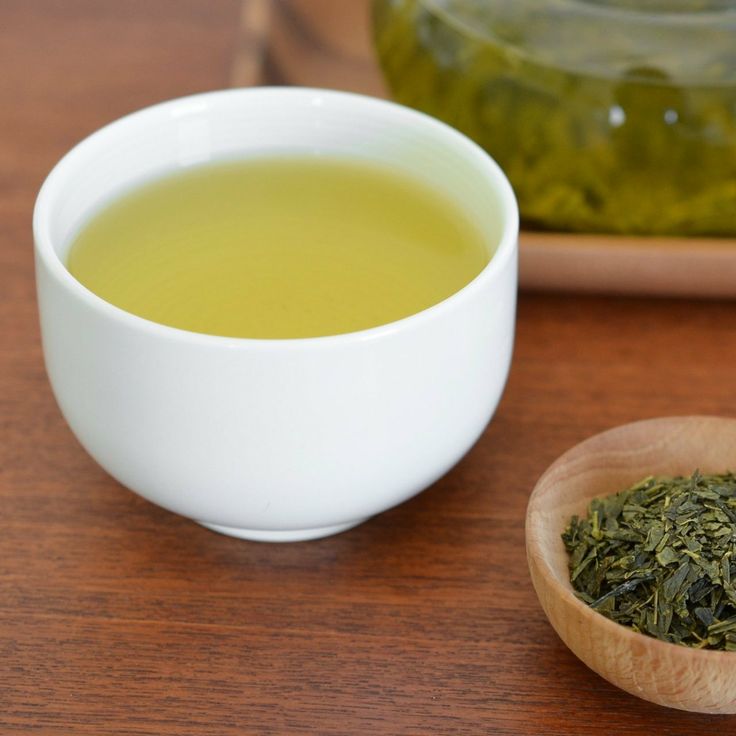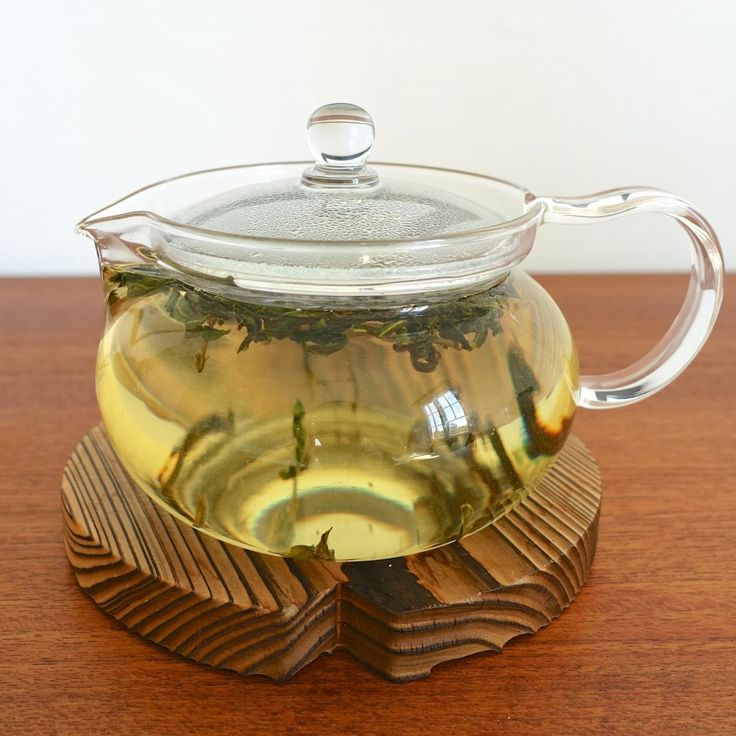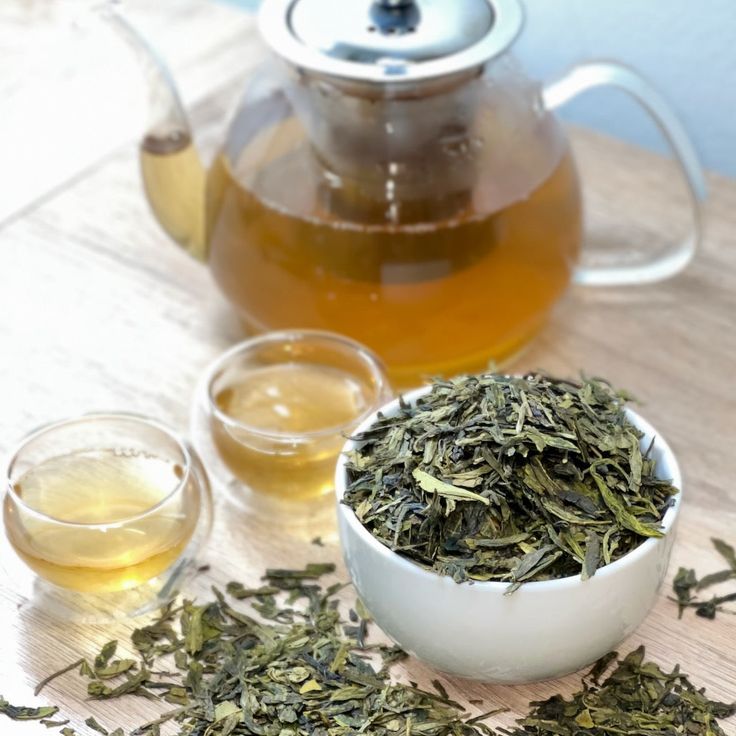Sencha tea, a celebrated Japanese green tea, boasts a delicate balance of fresh grassy notes, subtle sweetness, and umami depth. To fully enjoy this exquisite flavor profile, proper storage proves essential. Sencha’s delicate leaves easily lose their aromatic oils and antioxidants when exposed to air, moisture, heat, or light. This article dives deeply into how to store sencha tea effectively, preserving its freshness and maximizing flavor. By understanding sencha’s sensitivity and adopting precise storage methods, tea lovers can enjoy every sip as if freshly brewed from a Japanese tea garden.

Understanding Sencha Tea’s Fragility: Why Storage Matters
Sencha tea derives its unique taste and health benefits from carefully preserved polyphenols, amino acids, and volatile aromatic compounds. These elements degrade quickly once the tea leaves face improper conditions. Exposure to oxygen triggers oxidation, dulling flavor and aroma. Humidity causes mold growth or leaf deterioration, ruining texture and safety. Light, especially sunlight, breaks down chlorophyll and vital antioxidants, leading to bitterness and stale taste. Heat accelerates chemical changes, degrading nutrients and essential oils responsible for freshness.
Due to these vulnerabilities, sencha tea requires more meticulous storage compared to black or oolong teas. The freshest sencha often comes from the first harvest of the year (shincha), which is prized for its vibrant green color and bright flavor. Improper storage turns this prized tea into a dull, lifeless product. Even premium loose-leaf sencha needs airtight, cool, and dark conditions to maintain its character for weeks or months. Understanding these scientific reasons clarifies why sencha tea storage is a critical skill for tea connoisseurs.
Optimal Containers for Sencha Tea: Airtight, Non-Reactive, and Lightproof
Choosing the right container ranks as the foundation for preserving sencha tea freshness. Experts universally recommend airtight containers that minimize oxygen contact. Oxygen gradually oxidizes catechins and chlorophyll, muting the tea’s natural sweetness and freshness. Stainless steel tins with silicone seals offer excellent protection while preventing any metallic aftertaste. High-quality food-grade glass jars also work well but must stay away from direct sunlight.
Avoid plastic containers, as certain plastics may impart unwanted odors or chemicals into delicate sencha leaves. Ceramic containers with airtight lids rank among traditional choices in Japan and preserve aroma beautifully, provided they are opaque to block light. Vacuum-sealed packaging proves ideal for long-term storage but usually suits factory packing rather than home reuse.
A tight seal remains crucial whether storing sencha in small daily portions or bulk quantities. Opening the container repeatedly introduces fresh air and moisture, hastening deterioration. To counter this, portioning tea into smaller jars or resealable bags before placing in the main container preserves freshness each time.

Ideal Temperature and Humidity Conditions for Sencha Storage
Temperature control plays a pivotal role in extending sencha tea’s shelf life and flavor retention. Ideally, store sencha tea in a cool environment between 5°C to 15°C (41°F to 59°F). At these temperatures, enzymatic and oxidative reactions slow dramatically, protecting delicate aromas and catechins.
Avoid storing sencha near heat sources such as ovens, stovetops, or direct sunlight streaming through windows. Fluctuating temperatures also harm tea quality, as repeated expansion and contraction of tea leaves expose them to air and moisture cycles.
Humidity control proves equally important. Sencha tea thrives in dry conditions under 60% relative humidity. High humidity causes tea leaves to absorb moisture, leading to clumping, loss of crispness, and potential mold formation. Dehumidifiers in humid climates or airtight storage with desiccants help mitigate moisture risks.
For longer storage, refrigeration offers an excellent option. Sealed containers in the refrigerator keep the tea cool and dry, significantly extending freshness for up to six months. However, tea must return to room temperature before brewing to prevent condensation, which damages the leaves.

Avoiding Common Storage Mistakes That Ruin Sencha Flavor
Many sencha tea enthusiasts unintentionally degrade their tea by following poor storage habits. The most common error involves storing sencha in clear containers or placing it in bright kitchens where natural and artificial light break down key compounds. Always opt for opaque, light-blocking containers or store jars inside cupboards.
Another widespread mistake includes frequent opening of tea containers without portion control. Constant air exchange introduces oxygen and moisture, accelerating freshness loss. Use small airtight bags or jars to divide sencha into daily-use amounts.
Storing sencha near strong-smelling foods such as spices, coffee, or garlic compromises flavor. Tea easily absorbs odors due to its porous leaves. Store sencha away from such items, ideally in a dedicated tea cabinet or airtight container.
Lastly, neglecting temperature and humidity control risks irreversible quality loss. Even premium sencha tastes dull and flat when exposed to heat or moisture for prolonged periods. Regularly check storage conditions and relocate your tea if needed to ensure stable environments.
Using Vacuum Sealing and Freezing for Long-Term Sencha Storage
Vacuum sealing offers a high-tech solution for preserving sencha tea freshness over months or even years. By extracting oxygen and creating a near-vacuum inside sealed bags or containers, vacuum sealing greatly slows oxidative reactions that degrade flavor and antioxidants.
When vacuum sealing sencha at home, use high-quality bags and sealers. Portion tea into smaller amounts to avoid repeatedly exposing the entire stock to air. Vacuum-sealed tea must remain stored in cool, dark places or refrigeration for optimal results.
Freezing is another effective method for long-term storage. Sencha tea stored in vacuum-sealed bags can safely freeze, halting enzymatic and microbial activity. Avoid frequent temperature changes; thaw the tea gradually at room temperature inside sealed packaging to prevent moisture condensation.
Keep in mind, freezing does not improve tea but preserves its original state. Avoid freezing if you plan to consume tea quickly (within weeks), as refrigeration suffices and prevents freezer odors.

Signs of Sencha Tea Spoilage: How to Identify Stale or Damaged Leaves
Detecting spoiled or stale sencha tea saves disappointment and health risks. Fresh sencha leaves exhibit vibrant green color, glossy texture, and a fresh grassy aroma. The flavor delivers a harmonious blend of sweetness, mild astringency, and umami.
When sencha spoils, leaves turn dull, yellowish, or brownish with loss of shine. Crumbling texture indicates dryness or excessive age. Off-putting odors such as mustiness, moldiness, or rancid smells signal contamination or mold growth due to humidity.
Brewing spoiled sencha results in flat, bitter, or sour taste lacking the characteristic freshness. Avoid consuming tea showing these signs and discard immediately.
Proper storage delays these deteriorations. Regularly inspect stored sencha visually and by smell, especially if storage conditions fluctuate or last longer than recommended.
Best Practices for Daily Sencha Use to Maintain Freshness
To keep sencha tea fresh every day, you need to follow simple but effective habits beyond just storing it properly. Always use a clean, dry spoon or scoop when handling your tea leaves. This prevents any moisture from getting into the container, which can quickly ruin the delicate leaves. Avoid using wet hands or utensils, as even a small amount of water can cause mold or spoilage. Also, try to limit how often you open the main storage container. To make this easier, divide your sencha into smaller jars or resealable bags. This way, you only expose a small portion of tea to air at a time, preserving the rest for longer.
Store your daily-use tea container in a cool, dark place such as a cupboard. Keep it away from heat sources like ovens or sunlight, which degrade tea quality. Also, avoid areas near strong-smelling foods like spices or coffee, since sencha easily absorbs odors. It’s best to keep your tea close to your brewing station for convenience but ensure the environment remains stable. Try to consume your opened sencha within a few weeks to enjoy its freshest flavors. Regularly replenish your stock to avoid using old leaves that have lost aroma and taste.
When brewing sencha, use fresh, filtered water heated to about 70°C to 80°C (158°F to 176°F). Water that is too hot can burn the leaves, causing bitterness and loss of nutrients. Proper temperature preserves the tea’s natural sweetness and umami. Also, avoid letting the tea leaves sit exposed to air for too long before steeping, as this reduces their freshness. By combining these daily practices with good storage habits, you will maximize the flavor, aroma, and health benefits of your sencha tea in every cup.

Conclusion: Mastering Sencha Tea Storage for Ultimate Flavor
Sencha tea offers a sensory journey from Japan’s serene gardens to your cup, but only if preserved correctly. Storing sencha in airtight, opaque containers at cool, stable temperatures and low humidity ensures its signature freshness, aroma, and health properties endure. Avoid common pitfalls like light exposure, heat, moisture, and odor contamination that degrade delicate leaves. Vacuum sealing and freezing extend storage possibilities, while attentive daily handling maintains flavor from leaf to brew.
By mastering these storage techniques, tea lovers safeguard the complex chemistry that makes sencha tea uniquely vibrant and delicious. Each cup then celebrates nature’s green elixir at its finest — fresh, fragrant, and full of life.